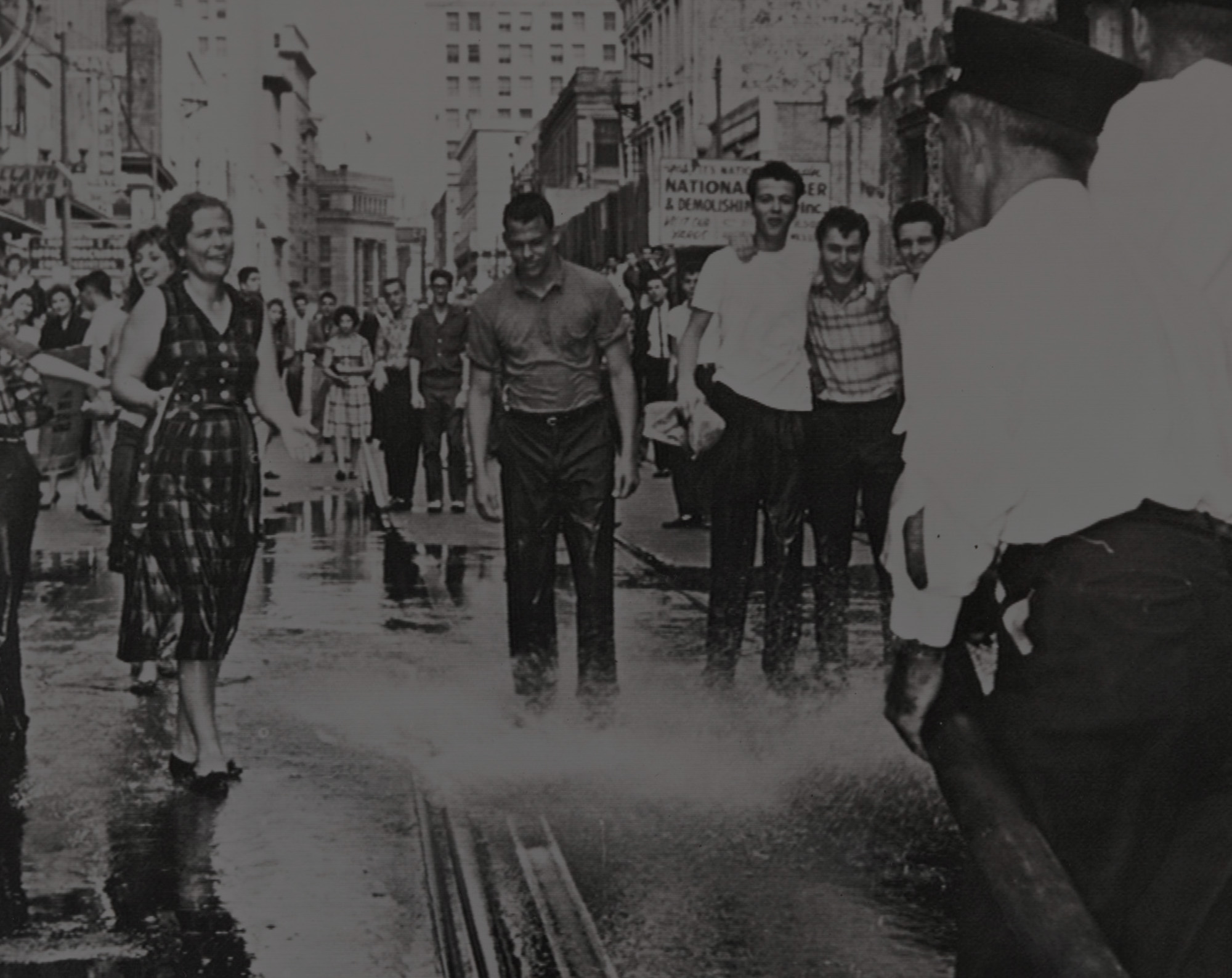



These oral histories, funded in part by a National Park Service grant, record testimony from individuals who were active in the fight for racial equality in New Orleans from the 1950s through the 1970s. You can listen to their stories and read the associated transcripts in our online catalog or in person at the Williams Research Center Reading Room at 410 Chartres Street, New Orleans, LA 70130. Call
The ten short videos below highlight stories from the Civil Rights Movement in New Orleans.

For African Americans, living in Jim Crow New Orleans meant facing dehumanizing racial segregation and degrading personal interactions on a daily basis. Confronting these inequities head on was one of the many ways civil rights fighters pushed back.
During the early 1960s, civil rights fighters pushed for enforcement of the federal ruling to provide integrated facilities for interstate travel by organizing bus trips known as “Freedom Rides.” New Orleanians, including members of the local CORE chapter, trained riders and boarded buses as part of the effort. Dodie Smith-Simmons recalls her experiences as a Freedom Rider, including the day when a colleague told her to “get Bobby Kennedy on the phone.”
The Castle family, including Oretha and her sister Doris Jean, were leaders of the local civil rights movement. Their family home, dubbed “Freedom House,” served as a place for visiting freedom fighters to meet, plan, eat, and rest. Dooky Chases’s Restaurant, where family matriarch Virgie Castle worked, provided food to demonstrators and a place for leaders of the movement to convene.
Throughout 1960 and ’61, demonstrators protested unequal hiring practices and services for African-Americans at Canal Street businesses. Dr. Raphael Cassimere Jr., then a leader of the local NAACP Youth Council, recalls these efforts.
Registering African American voters was a key mission of the civil rights movement. Many local organizations worked to expand the electorate to include those previously affected by the de facto disenfranchisement of black voters that was a central element of the Jim Crow South.
The local chapter of the Congress of Racial Equality (CORE) was one of the most active groups in the city and region during the early 1960s. Led in large part by students and young activists, New Orleans CORE participated in nonviolent direct action protests and registered voters across the city and state..
In the fall of 1970 the offices of the local chapter of the National Committee to Combat Fascism, an offshoot of the Black Panther Party, were violently raided by the New Orleans Police Department. Following the confrontation, organization members were arrested and placed on death row. Malik Rahim describes his experience during and after the episode.
In November of 1960, six years after the US Supreme Court’s ruling in Brown v. Board of Education found segregation by race in public education to be unconstitutional, New Orleans’s public schools began the process of integration. That fall, four young girls—Leona Tate, Tessie Prevost, Gail Etienne, and Ruby Bridges—integrated two elementary schools in the Ninth Ward, McDonogh 19 and William Frantz.
Civil rights fighters often used group singing to fortify and unite themselves in the face of dangerous work. Much of the repertoire borrowed from spirituals, offering messages of hope and inspiration through music.
In 1963, local civil rights leaders from across the city came together to organize a march on city hall. An estimated 10,000 protesters from across the city, and from many different organizations, participated in the protest.